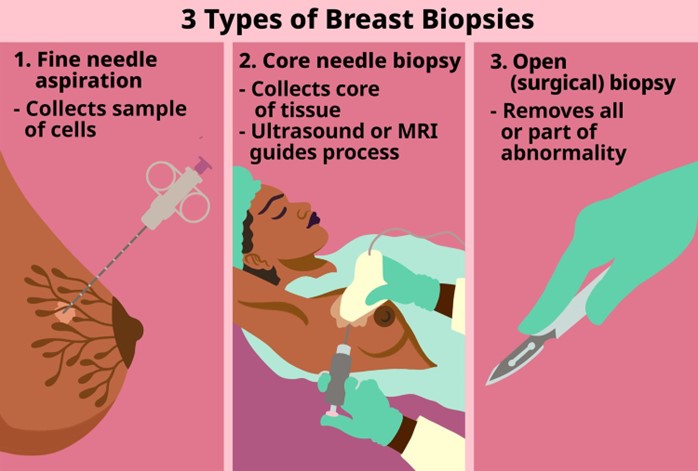A nurse is caring for a male client who has a new diagnosis of genital herpes (HSV 2). Which of the following findings should the nurse expect?
White- or flesh-colored papillary growths in the genital area
Green penile discharge
Influenza-like symptoms
Anuria
The Correct Answer is C
Choice A: White- or flesh-colored papillary growths in the genital area are not the correct answer because they are more likely a finding of another STI, such as HPV. HPV can cause genital warts that look like small bumps on or around the genitals. Genital herpes does not cause warts, but blisters or sores that may burst and crust over.
Choice B: Green penile discharge is not the correct answer because it is more likely a finding of another STI, such as gonorrhea. Gonorrhea can cause a thick, yellow-green discharge from the penis that may have a foul odor. Genital herpes does not cause discharge from the penis but may cause pain or burning during urination.
Choice C: Influenza-like symptoms are the correct answer because they are a possible finding of genital herpes. Genital herpes can cause systemic symptoms such as fever, headache, muscle aches, or swollen lymph nodes during an outbreak. These symptoms may resemble those of influenza (the flu) but are caused by HSV infection.
Choice D: Anuria is not the correct answer because it is not a finding of genital herpes. Anuria is a condition that causes a complete absence of urine output due to kidney failure or obstruction. Genital herpes does not affect the kidneys directly but may cause urinary retention if there is severe swelling or pain in the genital area.

Nursing Test Bank
Naxlex Comprehensive Predictor Exams
Related Questions
Correct Answer is B
Explanation
Choice A: Fluid balance is not the most likely priority because it is not directly affected by the mastectomy. Fluid balance is the state of equilibrium between the intake and output of fluids in the body. It can be influenced by various factors such as hydration, nutrition, medication, or illness. It can be monitored by measuring vital signs, weight, urine output, or laboratory values. Fluid balance is important for maintaining homeostasis and preventing dehydration or edema, but it is not a specific concern for a client undergoing a mastectomy.
Choice B: Body image is the most likely priority because it is directly affected by the mastectomy. Body image is the perception and attitude that one has toward one's own physical appearance and function. It can be influenced by various factors such as culture, media, self-esteem, or feedback from others. It can be assessed by observing verbal and nonverbal cues, asking open-ended questions, or using standardized tools. Body image is a major psychosocial issue for a client undergoing a mastectomy, as it can affect one's sense of identity, femininity, sexuality, or attractiveness. The nurse should address body image by providing information, support, and referral to appropriate resources.
Choice C: Urinary elimination is not the most likely priority because it is not directly affected by the mastectomy. Urinary elimination is the process of expelling urine from the bladder through the urethra. It can be influenced by various factors such as fluid intake, kidney function, medication, or infection. It can be assessed by measuring urine volume, color, odor, or specific gravity. Urinary elimination is important for maintaining fluid balance and preventing urinary tract infection or retention, but it is not a specific concern for a client undergoing a mastectomy.
Choice D: Activity is not the most likely priority because it is not directly affected by the mastectomy. Activity is the level of physical movement and exercise that one engages in on a daily basis. It can be influenced by various factors such as age, health status, motivation, or environment. It can be assessed by observing mobility, endurance, strength, or coordination. Activity is important for maintaining muscle tone, joint range of motion, circulation, or metabolism, but it is not a specific concern for a client undergoing a mastectomy.

Correct Answer is B
Explanation
Choice A: Sexual experience is not the correct answer because it is not related to female reproductive development. Sexual experience is a personal and subjective term that can vary depending on the individual's definition, values, and preferences. It has no biological or physiological significance for female reproductive development.
Choice B: Menstrual period is the correct answer because it is related to female reproductive development. The menstrual period is a cyclic phenomenon that occurs when the endometrium (the lining of the uterus) is shed along with blood and mucus through the vagina. It marks the onset of puberty and fertility in females. Menarche is the term used to describe the first menstrual period in a woman's life.
Choice C: Sign of breast development is not the correct answer because it is not related to female reproductive development. A sign of breast development is a physical change that occurs during puberty in females. It involves the growth and maturation of the mammary glands, which are responsible for producing milk during lactation. However, it does not indicate the start of menstruation or fertility in females.
Whether you are a student looking to ace your exams or a practicing nurse seeking to enhance your expertise , our nursing education contents will empower you with the confidence and competence to make a difference in the lives of patients and become a respected leader in the healthcare field.
Visit Naxlex, invest in your future and unlock endless possibilities with our unparalleled nursing education contents today
Report Wrong Answer on the Current Question
Do you disagree with the answer? If yes, what is your expected answer? Explain.
Kindly be descriptive with the issue you are facing.
